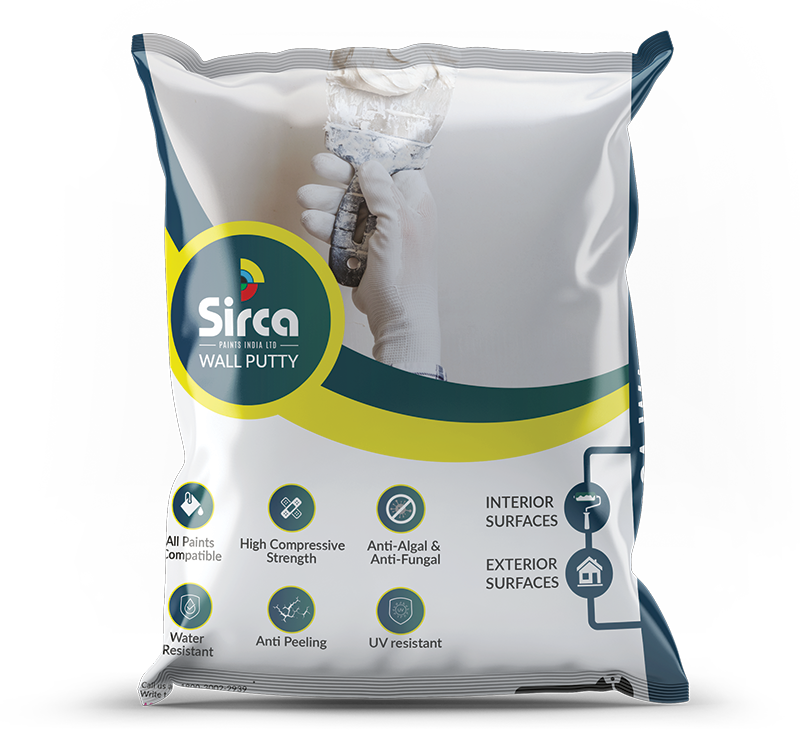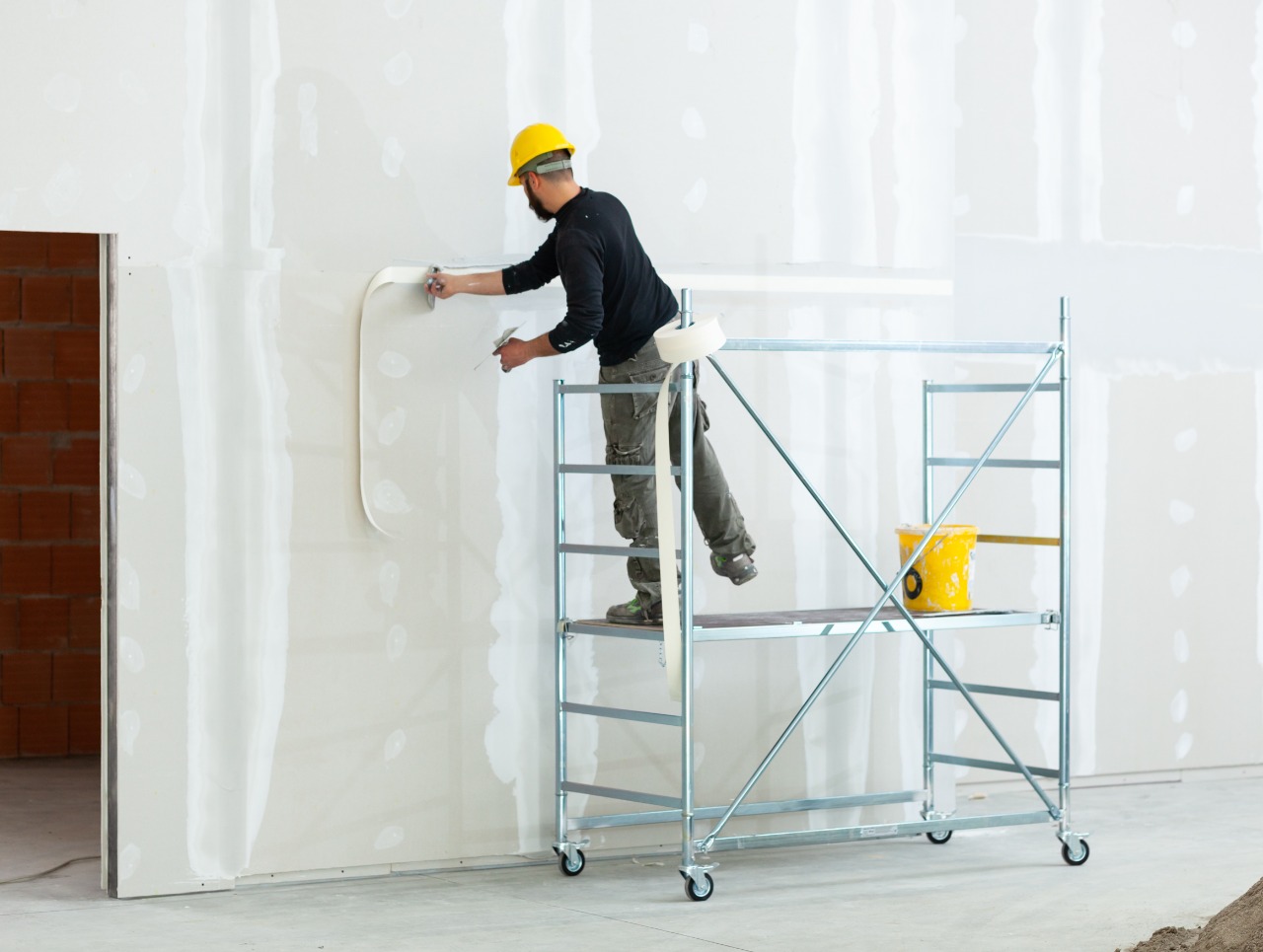Are you planning to buy a new house or looking forward to renovating the existing one? Selecting a wall putty is the essentiality you must consider.
Whether you’re renovating or moving to a new home, wall putty is the primary coating that will set up a perfect base for the paint or wallpapers you’re planning to put. Wall putty is a solution that includes white cement, water, and other strengthening additives. It is then applied to walls to fill gaps and cracks, providing a smooth base for the desired paint.
For a long-lasting finish, two coats of wall putties are applied. The first coat fills all the unevenness, cracks, and gaps. At the same time, the other coat offers a smooth surface to apply the paint.
However, various factors come into play before you choose the right wall putty for your walls.
First, let’s look into the types of wall putty.
White Cement Wall Putty
White cement wall putty is the most common wall putty available in the market. They’re known for their incredible feature of reducing unevenness in the walls, filling gaps and cracks, and offering a solid surface for the paint.
Ingredients such as white cement, minerals, and polymers are blended in a container and applied to the walls. The white cement wall putty is odourless and does not cause any inconvenience to the dwellers when applied.
Acrylic Wall Putty

Acrylic wall putty has greater fluid consistency compared to white cement putty. Acrylic wall putty is alkali-resistant and includes a water-based undercoat, which makes the putty solution butter-like.
Acrylic wall putty offers more smoothness to the walls. It also increases the durability of the walls and makes the paint stick longer due to its adhesiveness. The acrylic wall putty also dries faster compared to the white cement wall putty.
Now that we’ve ventured into the two major types of wall putties, let’s dive into the things you must remember before selecting a wall putty.
Factors To Keep In Mind Before Selecting A Wall Putty
- Waterproofing: Monsoons are the enemy of walls, and walls need protection against heavy rains, especially if you live in cities close to coastal regions. Ensure the wall putty you purchase is a waterproof wall putty. Waterproof wall putty is excellent for both exterior and interior walls. The inclusion of silicone in wall putty makes the putty water-resistant and is a good long-term solution for your walls.
- Consider Your Wall Paint: Wall putty come in multiple different colours. They range from dark acrylic colours to lighter tones. The ideal colour choice for your wall putty is classic white. However, if you have a predetermined wall colour paint, choose a putty colour that aligns with your wall paint.
- Consider The Wall Type: It is important that you consult professionals before choosing a wall putty. Wall putties are of multiple types and can be applied on both interior and exterior walls. Have professionals check out your wall type and suggest you the best wall putty that fits.
- Extremely Uneven Walls: Choosing a wall putty with white cement and re-dispersible polymers is suitable for extremely rough walls. Wall putty with re-dispersible polymers provides extra smoothness to the walls and keeps vapour control, enabling a long-term effect on the walls.
- Metal Surfaces: Wall putty is not only limited to walls but there are various putties available exclusively for metals. There are situations where paints have to be applied on metal surfaces too. A metal wall putty comes with red oxide, which provides good adhesion and opacity to the metal surface. Generally, metal surfaces are not as large as walls, and buying metal wall putty in smaller quantities will do the work.
To Wrap It Up
Wall putty is an integral aspect of your home renovation or the aesthetics of your new house. You must keep in mind important points like waterproofing, quality of the wall putty (acrylic wall putty), the colour of wall putty, and your wall type before selecting a wall putty.

